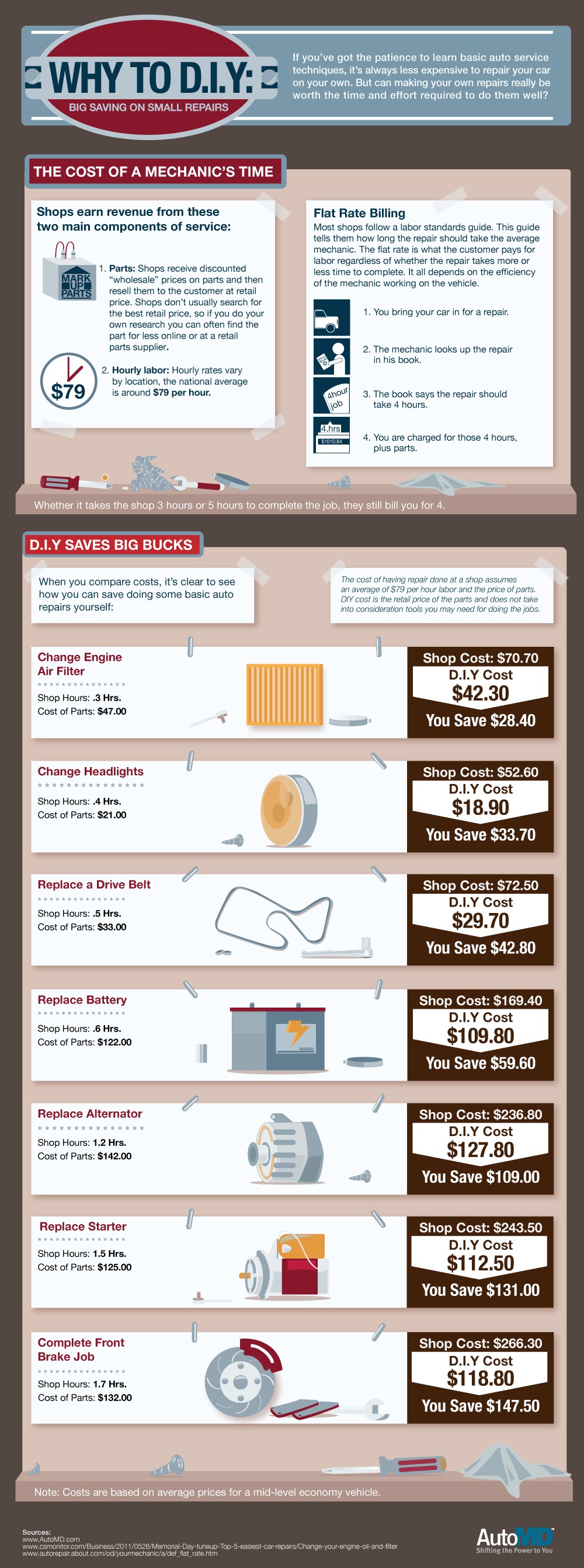Wondering Concerning The Definition Behind Those Dashboard Warning Lights? Gain Insights Into Their Ramifications For Your Lorry'S Safety And Maintenance
Wondering Concerning The Definition Behind Those Dashboard Warning Lights? Gain Insights Into Their Ramifications For Your Lorry'S Safety And Maintenance
Blog Article
Web Content Author-Vinson Shepherd
When you lag the wheel, those beautiful warning lights on your dashboard can be a little bit complicated. Do you recognize what they're attempting to tell you concerning your automobile's health? Comprehending the significance of these lights is important for your safety and the long life of your car. So, the following time among those lights pops up, wouldn't you wish to understand its message precisely and take the essential steps to resolve it?
Common Caution Lights and Interpretations
Determine typical caution lights in your vehicle and understand their definitions to make certain secure driving.
One of the most common caution lights consist of the check engine light, which signifies problems with the engine or discharges system. If this light comes on, it's crucial to have your automobile examined immediately.
The oil pressure warning light suggests reduced oil pressure, calling for prompt interest to prevent engine damage.
A flashing battery light might recommend a faulty billing system, possibly leaving you stranded if not resolved.
The tire pressure monitoring system (TPMS) light signals you to low tire stress, impacting car security and fuel performance. Disregarding this can result in hazardous driving problems.
The abdominal light suggests a trouble with the anti-lock stopping system, endangering your capacity to stop quickly in emergency situations.
Last but not least, the coolant temperature level alerting light warns of engine getting too hot, which can lead to extreme damage otherwise dealt with promptly.
Understanding these common caution lights will aid you attend to issues promptly and preserve risk-free driving conditions.
Relevance of Prompt Interest
Comprehending the typical caution lights in your automobile is only the first step; the significance of immediately dealing with these cautions can't be stressed enough to guarantee your security when traveling.
When car cut and polish near me brightens on your control panel, it's your auto's way of interacting a potential problem that requires interest. Disregarding these cautions can result in much more extreme issues in the future, jeopardizing your security and potentially costing you extra in repairs.
Trigger attention to cautioning lights can stop breakdowns and crashes. As an example, a flashing check engine light can suggest a misfire that, if left ignored, might trigger damage to the catalytic converter. Addressing this quickly can conserve you from a pricey repair work.
Likewise, a brake system warning light may signify low brake fluid or used brake pads, critical components for your security when driving.
Do It Yourself Troubleshooting Tips
If you discover a warning light on your dashboard, there are a couple of do it yourself repairing suggestions you can attempt prior to seeking specialist help.
The initial step is to consult your vehicle's manual to recognize what the certain caution light indicates. Sometimes marinedetailingauckland can be as easy as a loose gas cap triggering the check engine light. Tightening the gas cap may solve the trouble.
One more typical issue is a low battery, which can trigger various cautioning lights. Checking https://oilchangenearme28406.ziblogs.com/32199651/analyze-your-lorry-s-demands-to-find-the-best-automobile-describing-service-for-you-however-which-factors-will-absolutely-influence-your-decision for corrosion and guaranteeing they're safe might fix the problem.
If a warning light persists, you can attempt resetting it by detaching the auto's battery for a few minutes and afterwards reconnecting it. In addition, examining your automobile's fluid levels, such as oil, coolant, and brake liquid, can help fix warning lights connected to these systems.
Verdict
In conclusion, recognizing your auto's caution lights is necessary for maintaining your vehicle running efficiently and safely. By promptly attending to these signals and recognizing what they mean, you can stay clear of pricey repairs and possible break downs.
Remember to consult your auto's guidebook for certain information on each alerting light and take action as necessary to make certain a hassle-free driving experience.
Remain educated, stay risk-free when driving!
